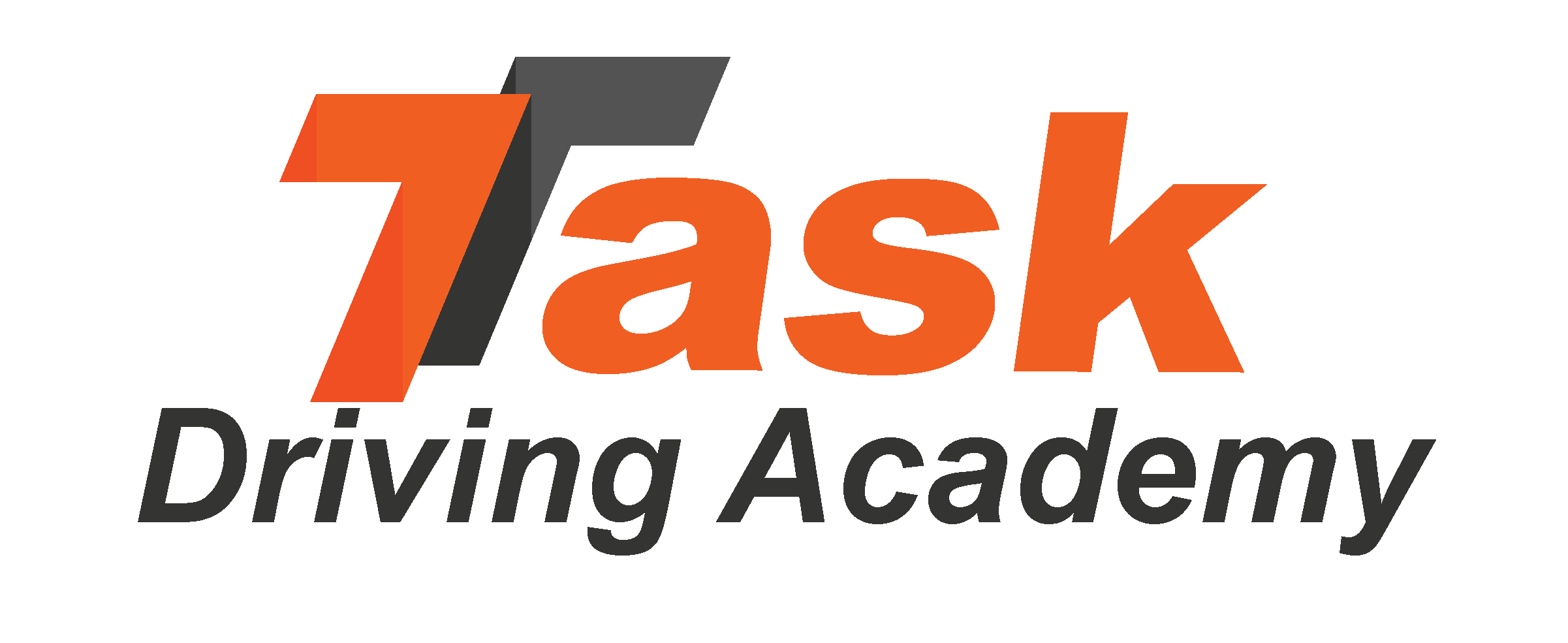How to respond to emergency vehicles on the road is a crucial skill every driver should master. Emergency vehicles, including ambulances, fire trucks, and police cars, require immediate access to perform their duties efficiently. Understanding the proper procedures not only ensures you comply with the law but also helps keep everyone on the road safe. Here’s a comprehensive guide to help you navigate these situations effectively, with insights from the best driving school in Vancouver.
Table of Contents
1. Stay Calm and Alert
The first step in responding to emergency vehicles is to remain calm and alert. Sudden movements or panicked reactions can create additional hazards. Keep an eye on your mirrors and listen for sirens, and be prepared to act quickly but safely.
2. Follow the Right of Way
When you hear or see emergency vehicles, give them the right of way. If they are approaching from behind, move to the right side of the road and stop. This allows them to pass safely without needing to maneuver around your vehicle. If you’re at an intersection, stay where you are until the emergency vehicle has cleared the intersection. For additional information, please check out the website.

3. Use Your Turn Signal
If you’re moving to the right to yield, signal your intention well in advance. Using your turn signal informs other drivers of your actions, preventing sudden surprises and ensuring a smoother transition for everyone on the road.
4. Avoid Blocking Intersections
When approaching an intersection and emergency vehicles are coming, avoid entering the intersection unless you can clear it completely. Blocking an intersection can hinder the progress of emergency responders and create a dangerous situation.
5. Observe Road Signs and Markings
Pay attention to road signs and markings that may indicate specific instructions for dealing with emergency vehicles. Some areas have dedicated lanes or special rules for yielding to emergency vehicles. Familiarizing yourself with these local regulations can make you more effective in responding to emergencies.
6. Be Cautious in Construction Zones
Emergency vehicles may need to navigate through construction zones or roadblocks. When approaching such areas, be extra cautious and make sure to follow any posted instructions or temporary traffic signals designed to facilitate the passage of emergency vehicles.
7. Educate Yourself with Professional Guidance
Understanding how to respond to emergency vehicles can be greatly enhanced through professional driving education. Enrolling in Vancouver driving classes can provide valuable insights and hands-on training in various driving scenarios, including interactions with emergency vehicles.
The Role of the Best Driving School in Vancouver
The best driving school in Vancouver can play a significant role in educating drivers about how to respond to emergency vehicles. Professional instructors provide practical lessons that cover emergency response protocols and ensure drivers are well-prepared for real-world situations.
- Expert Training: Gain comprehensive knowledge on emergency vehicle protocols from experienced instructors.
- Practical Exercises: Participate in simulations and drills that teach effective responses to emergency situations.
- Enhanced Safety: Improve overall driving safety by learning to handle various road scenarios with confidence.
Practical Scenarios and Tips
Understanding practical scenarios helps you apply these tips effectively:
- In City Traffic: If you hear sirens in dense city traffic, move to the right side and stop. Be aware of vehicles that may be attempting to follow the emergency vehicle.
- On Highways: On highways, if an emergency vehicle approaches from behind, move to the right shoulder and stop. Avoid stopping in the middle of the highway unless necessary for safety.
- When Parking: If parked on the side of the road and an emergency vehicle approaches, ensure your vehicle is not obstructing their path. Move your vehicle if possible, and avoid blocking access points.
Conclusion
Knowing how to respond to emergency vehicles is essential for all drivers. By staying calm, yielding the right of way, using turn signals, and avoiding blocking intersections, you contribute to a safer driving environment. Enrolling in driving classes in Vancouver can further enhance your understanding and skills, ensuring you are prepared for any situation on the road.
Effective response to emergency vehicles is not only a legal requirement but a vital aspect of safe driving. By integrating these practices into your driving habits and seeking professional guidance from the best driving school in Vancouver, you can navigate emergency situations confidently and responsibly.
